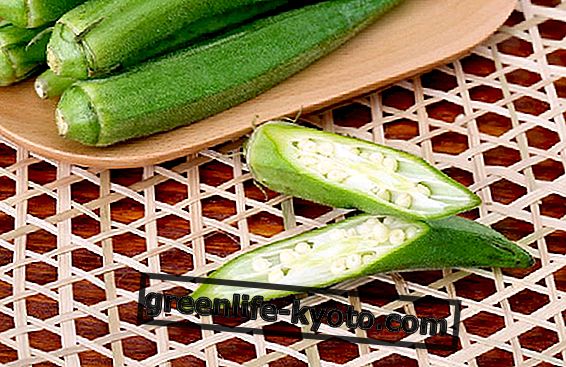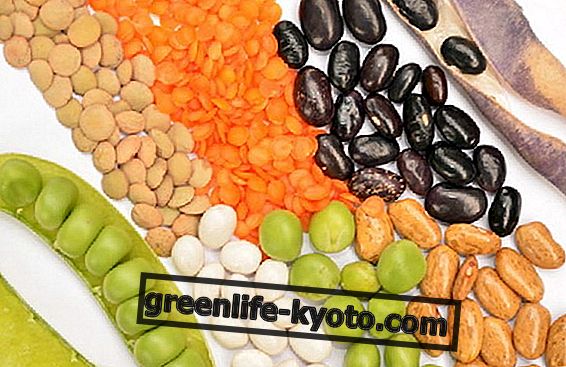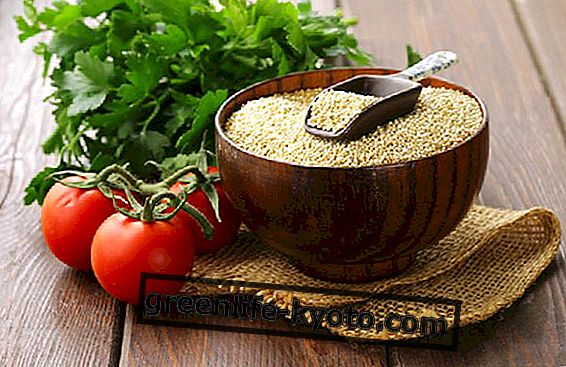
The garden can become a multifunctional space, that is, it can be seen as a place to live in its multiple aspects and usable in its various activities.
These aspects are all connected and promote the well - being of those who live and attend the 360-degree multi-purpose garden.
How many functions a vegetable garden can have
Here are the many functions that a vegetable garden can have
1. Food production
Certainly its primary function is to produce food in order to have healthy and healthy foods that you can eat. This also entails economic savings, thus also taking on an important function in the economic and daily balance sheet of the family that uses it.
Furthermore, the product obtained is certainly in season and for this reason it provides useful and essential nutrients for the moment of the year, benefiting health even more.
They are zero kilometer products that are at home and therefore super fresh and pollution -free due to transport or various packaging for marketing.
2. For health
In the garden, aromatic and medicinal plants and herbs can be grown that, in addition to helping the vegetable garden itself, are an excellent source of health for those who collect and use them, transforming them into natural remedies .
In fact, these plants can be prepared in tisanes and in other useful ways that since ancient times allowed the care of people with traditional remedies from the plant world.
Do you know how to make an edible garden?
3. Plant and animal biodiversity
In the vegetable garden it is possible to plant any kind of plant : from herbs, to fruits, from officinal plants to vegetables, from aromatic to flowers to attract beneficial insects.
Each plant will play a role in the ecosystem and the more varieties there will be, the more biodiversity will be enriched both in flora and fauna, thus creating a more balanced ecosystem.
Even the spontaneous herbs that are usually weeds and called "weeds" could be integrated into the multifunctional garden because each has a function that is for example for food or curative purposes or simply ornamental .
4. Beauty and aesthetics
Certainly the vegetable garden can also be designed according to a good aesthetic taste where even the beauty and creativity find their place of expression.
A vegetable garden that reflects the beauty and aesthetic taste of those who live it is certainly a place where you participate in a sense of well-being and relaxation in seeing the harmony around you .
5. Use of all the senses
In the garden we can think of spaces that involve all 5 senses with plants for smell, taste, sight, touch and effects, sounds and sounds of nature (waterfalls, wind, animals, etc.) for hearing.
In orthotherapy often suitable courses are structured to have therapeutic gardens with curative functionality where the 5 senses are of utmost importance to develop memory and involve the users of green spaces.
How do you design a vegetable garden?
6. Psycho-physical well-being
In gardening and horticulture activities we could develop many faculties and capacities, from those purely physical and practical, to those more of sharing and psycho-physical well-being.
In the garden we do a lot of movement and also of different types: we lower ourselves towards the earth, we hoe, we tie branches, we plant plants, we gather fruits and many others. We are in the open air under the sun and learn with our hands many practical jobs looking after our plants.
In the vegetable garden we can relax and contemplate nature, read a book, do meditation or yoga and Tai Chi exercises, thus managing to better find ourselves and increase our psychophysical well-being.
Furthermore, the greatest gratification that the garden gives us is precisely in the harvesting of its fruits and in the possibility of staying in a natural place that we like and makes us feel good.
7. Continuing education
The best teacher of life is precisely the Nature that with its cycles and its rhythms continually teaches us the connections between living beings and non-balanced ecosystems.
Being in contact with nature and working in the vegetable garden man automatically enters a dimension where he gradually leaves his role as "emperor of everything" and can no longer come closer to it by integrating with other living species.
Nature teaches its role and how to improve and take care of giving birth and growing the same plants, obtaining better fruits.
By learning to observe natural laws, we can work together to create natural ecosystems that are balanced and even more fruitful for humans.
An example of the skills that can be acquired is the patience to wait for nature's times: the quality of knowing how to wait is important at an educational level for children who can learn a great deal in the garden; this is also valid for the disabled and for people with disadvantages who find many other teachings in orthoculture.
8. Resilience in the garden
Resilience is the ability to modify and find new strategies in the face of even sudden and unexpected changes in the current standard situation; it is an excellent function for being able to adapt to a stressful world that is constantly changing.
Creating a vegetable garden is a way to be resilient to the unstable economic situation and to regain mastery and skills that are gradually being lost in generations.
The responsibility towards our planet and towards future generations also passes through know-how and as a better resource of knowing how to produce food.
Sharing and creating networks of relationships with experienced people and lovers of horticulture or even just to exchange seeds and products from the garden is certainly one of the goals to manifest resilience.
Finally, to create a multifunctional vegetable garden it will be enough to design it so that it is usable and usable for the greatest possible number of functionalities.
Each according to his own characteristics and personal predispositions he will be able to attend, work, look after and experience the multifunctional garden space for what gives it greater health and overall well-being.













